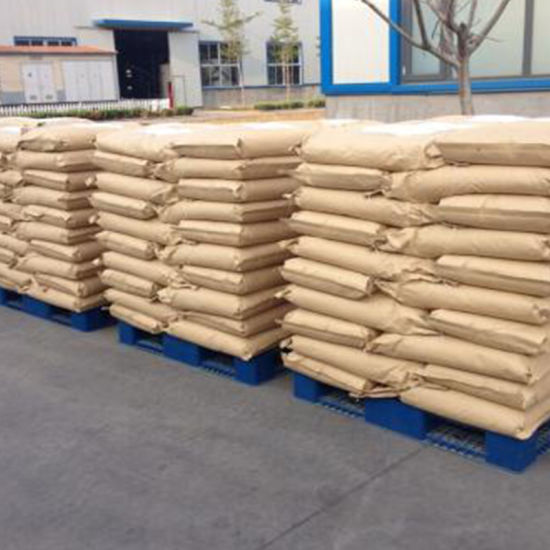Navigating Dosage Selection: Key Considerations for Anionic Polyacrylamide Flocculant in Water Treatment Applications
2024-02-26
In the intricate landscape of water treatment and industrial processes, achieving optimal treatment outcomes hinges on the precise selection and dosage of flocculants. Anionic polyacrylamide flocculant, renowned for its efficacy in promoting flocculation and sedimentation, requires careful consideration when determining the appropriate dosage for a specific application. In this blog, we'll explore the key considerations that should be taken into account when selecting the dosage of anionic polyacrylamide flocculant, ensuring efficiency, cost-effectiveness, and environmental sustainability.
1. Characteristics of Suspended Solids:
The type, size, concentration, and charge of suspended solids present in the water directly influence the dosage requirements of anionic polyacrylamide flocculant. Larger particles or particles with higher positive charges may require higher dosages for effective flocculation and aggregation.
2. Turbidity and Water Quality Parameters:
The turbidity of the water, along with other water quality parameters such as pH, temperature, conductivity, and dissolved solids, can impact the performance of anionic polyacrylamide flocculant. Higher turbidity levels may necessitate higher dosages to achieve desired treatment objectives.
3. Flocculant Concentration and Purity:
The concentration and purity of anionic polyacrylamide flocculant in solution play a crucial role in determining the dosage requirements. Higher concentrations of flocculant may allow for lower dosages, while impurities or contaminants in the flocculant formulation may affect its efficacy and necessitate adjustments to the dosage.
4. Mixing and Contact Time:
Proper mixing and sufficient contact time between the flocculant and suspended particles are essential for effective flocculation. The intensity and duration of mixing, as well as the design of mixing equipment, should be optimized to ensure uniform dispersion of the flocculant and maximize particle interaction.
5. Process Parameters and Conditions:
Various process parameters, including flow rate, retention time, and settling conditions, should be considered when determining the dosage of anionic polyacrylamide flocculant. These parameters can impact the efficiency of flocculation and sedimentation processes, influencing the required dosage.
6. Treatment Objectives and Regulatory Standards:
The desired treatment objectives, such as target effluent quality, solids removal efficiency, and compliance with regulatory standards, should guide the selection of flocculant dosage. Dosage requirements may vary depending on the specific treatment goals and performance criteria set forth by regulatory agencies.
7. Cost Considerations:
Balancing treatment efficacy with cost-effectiveness is essential when selecting the dosage of anionic polyacrylamide flocculant. Higher dosages may improve treatment performance but can also increase operational costs. Conducting cost-benefit analyses and considering the overall lifecycle costs are crucial in determining the optimal dosage.
8. Monitoring and Optimization:
Regular monitoring of treatment performance, including effluent quality, turbidity levels, and flocculant residual concentrations, is essential for optimizing dosage requirements. Adjustments to the dosage may be necessary based on real-time observations and feedback from process monitoring.
In conclusion, selecting the appropriate dosage of anionic polyacrylamide flocculant for a specific application requires careful consideration of various factors, including the characteristics of suspended solids, water quality parameters, process conditions, treatment objectives, and cost considerations. By conducting thorough assessments and optimizing dosage based on these considerations, water treatment professionals can achieve efficient and sustainable treatment outcomes while maximizing operational effectiveness and minimizing costs.



